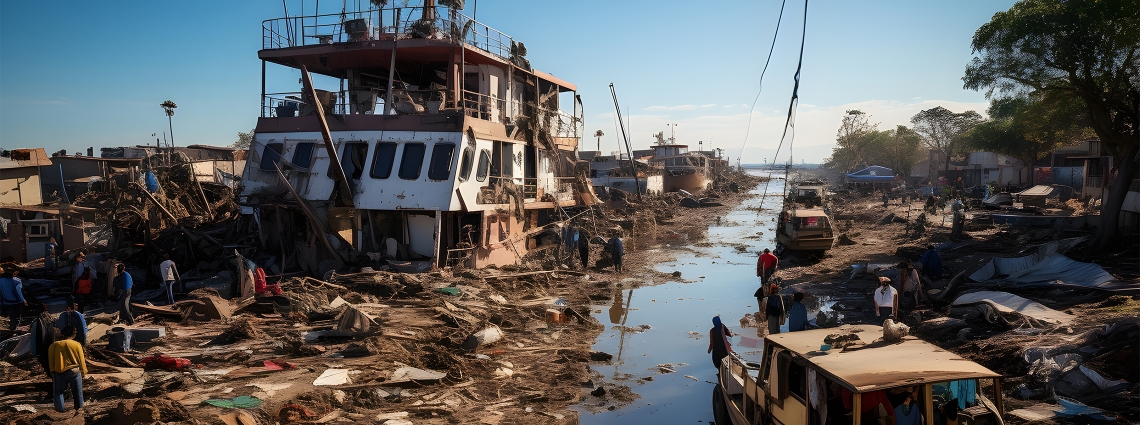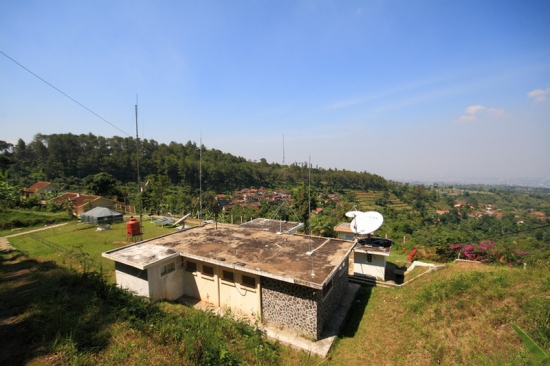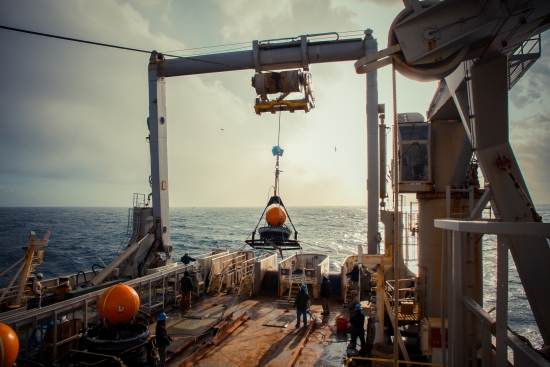Seismic shift: CTBTO's data key to rapid tsunami alerts, advancing SDG goals
Tsunamis, derived from the words "tsu" (harbour) and "nami" (wave) in Japanese, are natural phenomena known for their catastrophic impact, causing loss of life, displacing communities, and devastating coastal infrastructure and ecosystems.
Early warning systems play a crucial role in mitigating the serious consequences of tsunamis. And the Comprehensive Nuclear-Test-Ban Treaty Organization (CTBTO) supports these systems by providing near-real-time data to National Tsunami Warning Centres (NTWCs) around the world.
Through its International Monitoring System (IMS), designed primarily to detect nuclear test explosions, the CTBTO monitors seismic events around the clock for potential natural disasters.

Lembang, Jawa Barat, Indonesia, home to CTBTO’s auxiliary seismic station (AS40)
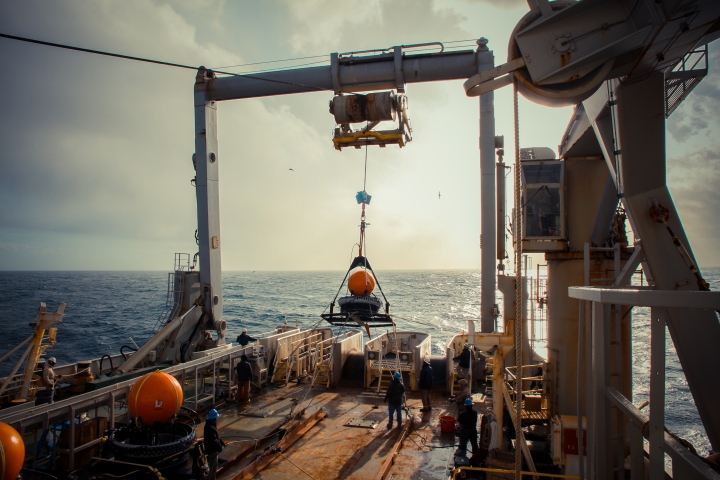
Hydrophones deployed at hydroacoustic station (HA04) in Crozet Islands, France
The seismic network, once completed, will consist of 170 stations divided into two main groups: a primary seismic network with 50 stations, and an auxiliary network comprising 120 stations. Together, they use advanced waveform techniques to comprehensively cover and monitor the globe.
When seismic events such as earthquakes, volcanic activity, underwater landslides or mining explosions occur, they generate seismic waves that propagate through the Earth's crust. CTBTO’s seismic stations detect these waves first and promptly send the data to the International Data Centre (IDC) in Vienna, Austria.
In addition to its seismic network, the IMS includes underwater hydroacoustic stations designed to detect sound propagating through water. Earthquakes generate seismic waves that transform into sound waves at the Earth-Ocean interface. These acoustic waves then travel through the ocean and are detected by the CTBTO's hydrophone network.
Researchers are exploring the potential for these sound waves to provide information about the earthquake's nature, which might help rapidly identify tsunami risks. In the future, this data could be incorporated into new algorithms to enhance the accuracy of tsunami warnings.
Once received at the IDC, the data from the seismic and hydroacoustic stations is automatically forwarded to the NTWCs of CTBTO’s Member States. These centres are accredited by the Intergovernmental Oceanographic Commission (IOC) of UNESCO.
Through tsunami warning agreements (TWAs) between NTWC host countries and the CTBTO, national authorities gain immediate access to the Organization’s monitoring data. This data can provide up to three minutes of lead time, enabling prompt tsunami alerts to help minimise casualties.
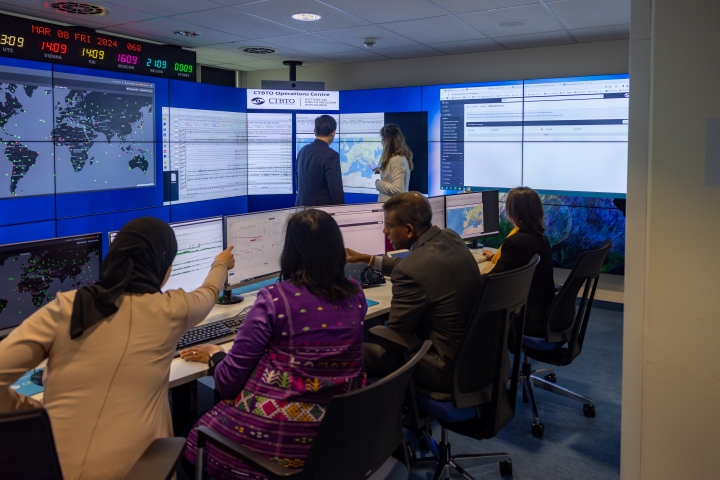
CTBTO analysts reviewing data at International Data Center (IDC) in Vienna, Austria
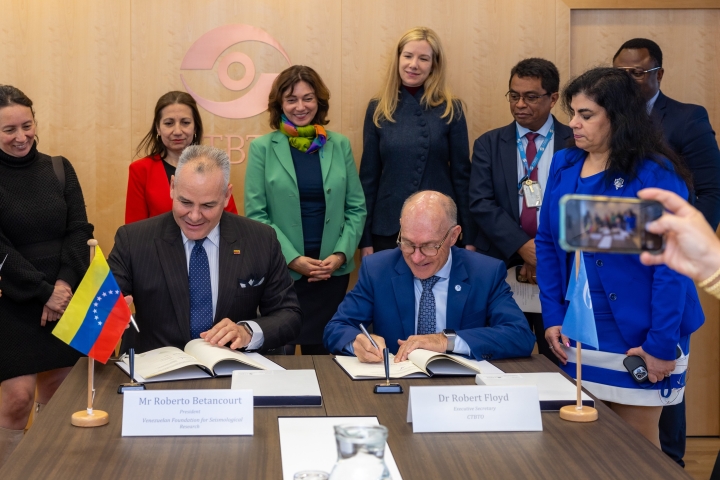
Executive Secretary Robert Floyd and Roberto Betancourt, Director of Venezuelan Foundation for Seismological Research (FUNVISIS) signing tsunami warning agreement
Currently, 21 centres in 20 countries, all signatories to the CTBT, have signed tsunami warning agreements with the Organization, with the most recent addition being Venezuela in February 2024.
The rapid transmission of data to NTWCs is especially crucial for the Asia-Pacific region, greatly enhancing their operational capabilities. In fact, states such as Australia, Indonesia, Japan, the Republic of Korea, Malaysia, the Philippines, and Thailand have all signed agreements with the CTBTO.
"While the facilities in the International Monitoring System were not initially designed for this purpose, their high-quality and timely data can now also be used to save lives in vulnerable communities. This is an invaluable extra contribution of CTBTO's data to humanity.”
According to the World Health Organization (WHO), more than 700 million people live in low-lying coastal areas and small islands vulnerable to extreme sea-level events, including tsunamis.
Two decades ago, on 26 December 2004, a powerful tsunami, triggered by a magnitude-9.1 earthquake in the Indian Ocean, resulted in an estimated 227,000 casualties across 14 countries in Southeast Asia, marking it as the deadliest tsunami in history. In response to this catastrophic event, tsunami early warning systems, along with risk information, education, and preparedness initiatives, have become crucial tools for guiding vulnerable populations during similar events.
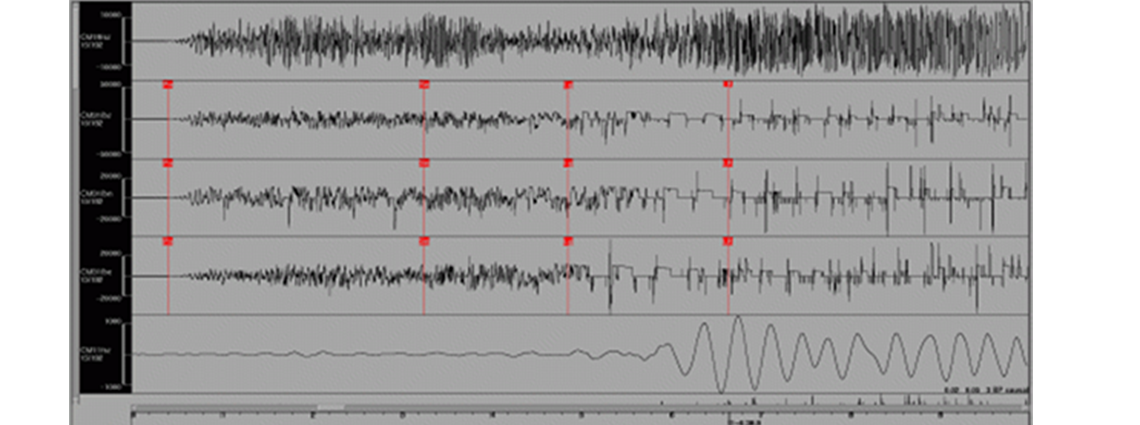
Seismic waves generated by earthquake in Indonesia, December 2004
Aligned with the Sustainable Development Goals (SDGs), particularly SDG 11 on reducing the impact of natural disasters, and the UN goal of making all at-risk communities “Tsunami Ready by 2030”, the CTBTO plays a critical role.
This is especially important in a world where temperatures are increasing annually, and rising sea levels mean that tsunamis from lower-magnitude earthquakes can reach further inland.
6 Aug 2024
